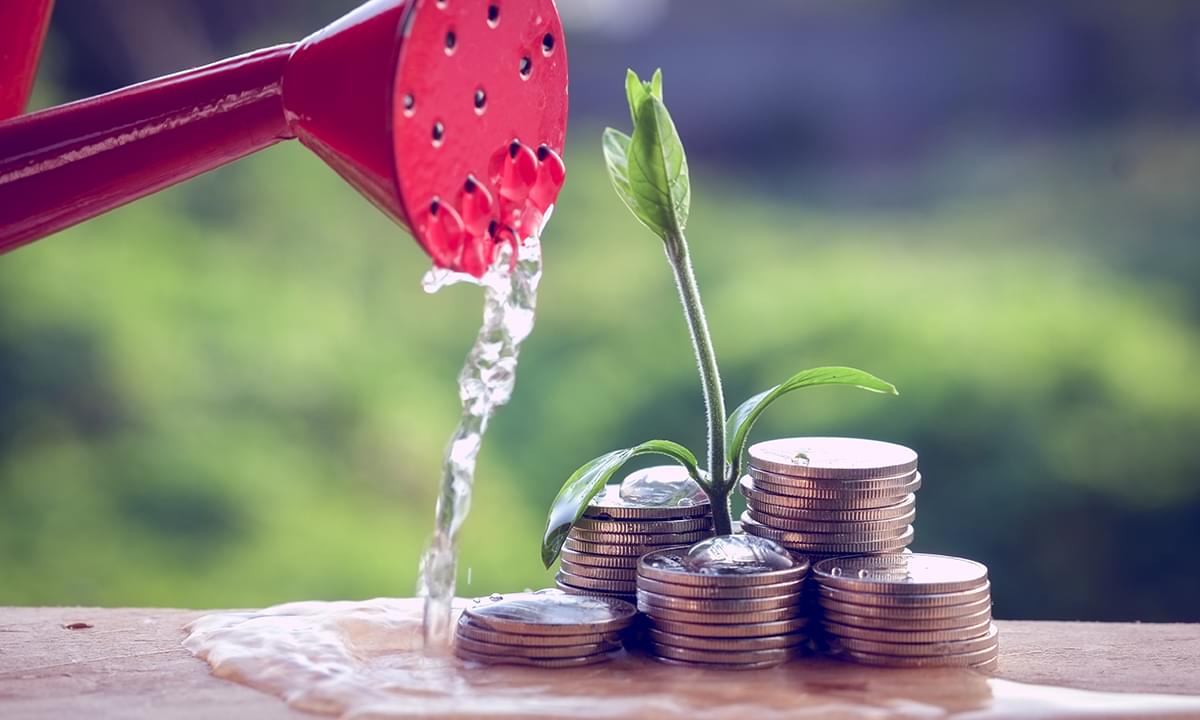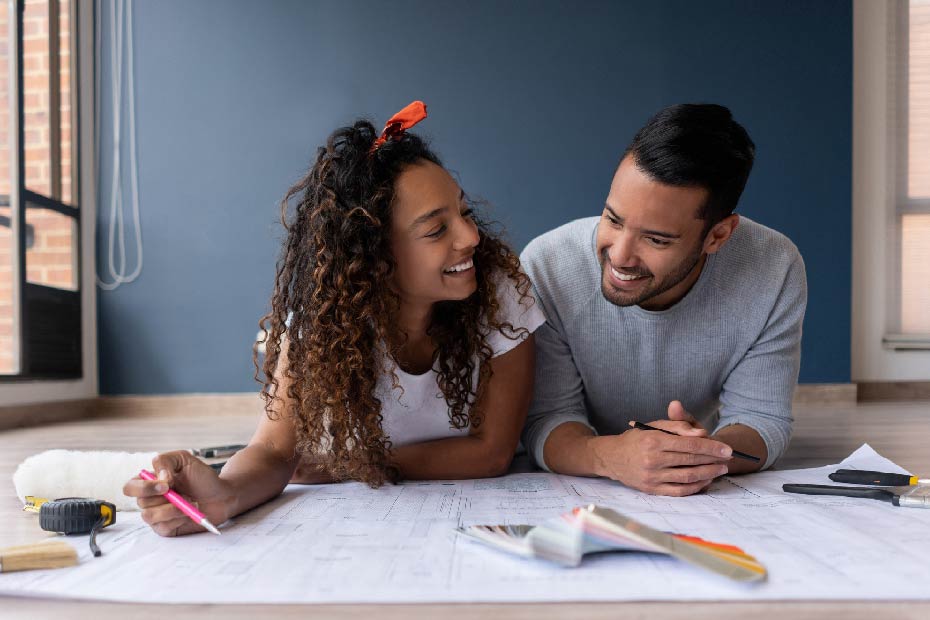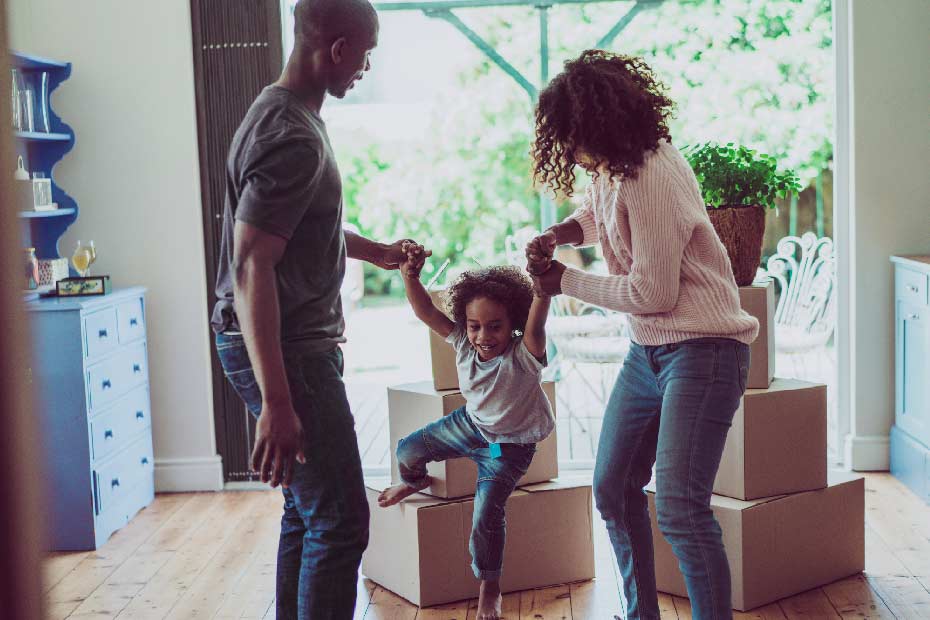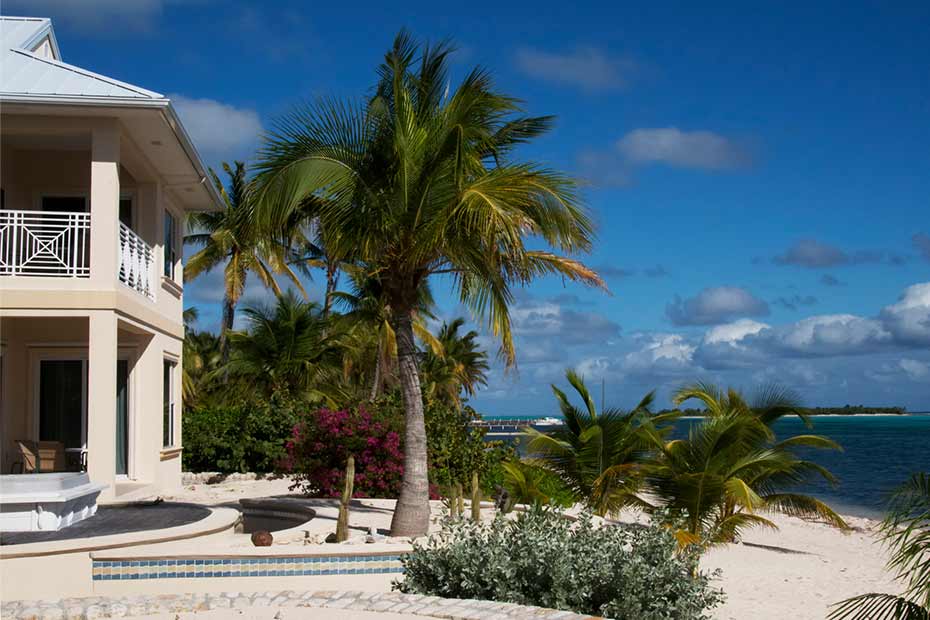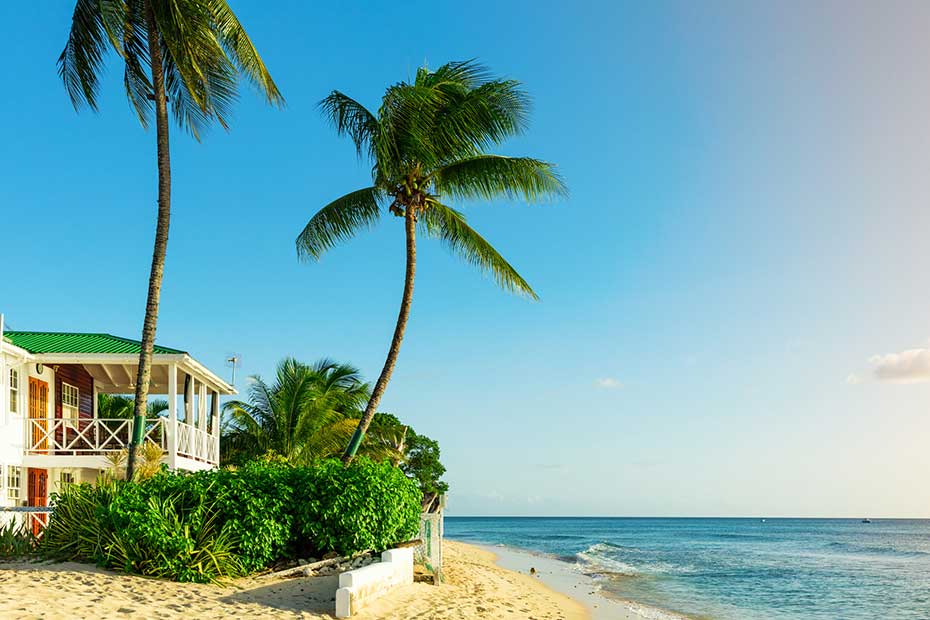Use these five tips to help you achieve your dreams of owning your next home.
1) Research to Be Realistic
The first thing to do when you’re thinking about buying a home is to be realistic about the whole process. Learning about the costs involved, finding out how much you’ll qualify for when applying for a mortgage, and identifying any other requirements will help you create a successful action plan.
Start by researching list prices of homes in the areas you’re considering. Look online, or talk to an RBC Mortgage Specialist who can refer you to a local Real Estate Agent.
Also ask your RBC Mortgage Specialist about the down payment and mortgage qualification requirements in your area. For example, RBC’s basic mortgage requirements include:
- A minimum age of 18.
- Proof that you’re gainfully employed (salaried/self-employed) with either a job letter and current pay slips or 3 years audited financial statements for self-employed).
- Your total loan/rent payments including the proposed mortgage must fall within RBC debt service ratio (DSR) guidelines for your country.
- In most cases, the loan must get paid off by the government retirement age.
Research the average closing costs you’ll incur to buy a home in your preferred area. These include the legal fees and any property transfer taxes. Ask your real estate agent, a local attorney, or your RBC Mortgage Specialist.
If you’re considering buying a home in a country of which you are not a resident, learn about typical mortgage terms, amortization limitations and restrictions on non-resident or non-owner occupied property purchases as they may differ among countries.
2) Set Target Amount and Timeline
Once you have an idea of the typical real estate prices and costs, set a target down payment savings amount. Your down payment is the difference between your purchase price and your total mortgage amount.
Traditionally, banks require borrowers provide a minimum down payment of 10 percent of the purchase price/property value. If, however, your down payment is less than 20 percent of the purchase price, Mortgage Indemnity Insurance may be required. Ideally, the bigger your down payment, the less money you’ll have to borrow. And the less money to borrow, the less interest you’ll pay in the long run.
Along with choosing a down payment target amount, decide when you want to buy your next home. Do you hope to buy the home in three years when you retire? Or maybe you’re ready to move your family into a larger home next year. Once you know how much you’ll need and when, it’s time to flesh out your plan to meet your goal.
3) Build Your Down Payment Savings Into Your Budget
Some families find the easiest way to build their savings fast is to set up an automatic withdrawal to transfer 20 percent of each paycheque to a savings or investment account the day their pay gets deposited into their account. Then they learn to live on the remaining 80 percent while their savings grow.
Or build savings for a down payment by cutting your monthly expenses. For example, get your internet, cell phone and television from one provider to take advantage of any lower, bundled rates. Replace expensive restaurant meals with cooking dinners at home, and bring homemade lunches and snacks to work instead of spending money at the coffee shop on your breaks. Stay motivated by posting a picture of your dream home on your fridge at home, or make it the screensaver on your phone.
If you’re really serious about saving fast for a down payment for your next home, follow these tips!
4) Explore Savings Options
Wondering where to collect the money you’re saving towards your down payment?
Depositing your down payment savings into a bank account or mutual fund gives you the opportunity to grow your savings even more. The best option for you depends on your goals, risk tolerance, and how long the money will remain in the account.
Perhaps a high interest savings account or one of RBC’s investment options could work for you . Whatever you do, don’t leave your down payment savings under your mattress.
5) Start Building a Good Credit History
To get the best rates and terms when you’re looking for a mortgage on a home it pays to have good credit. And if you don’t already have an established credit history in the Caribbean country you’re considering for your next home, now’s the time to lay the foundation.
To get started, apply for a credit card or even a loan . To qualify for a personal loan you’ll have to show that you’re at least 18 years old and have enough income to make the loan payments. For a credit card application, you’ll need to confirm your occupation and monthly income as well.
Don’t get overwhelmed by all the things you should do to get ready to buy your next home. Though it may seem complicated, when you research, make a plan, and then consistently work through each step in your plan, you’ll make progress. And don’t forget that you don’t have to go it alone. RBC is here to help you every step of the way.
Contact your RBC Mortgage Specialist today and take the first step to fulfilling your dreams of owning a Caribbean home.
This article is intended as general information only and is not to be relied upon as constituting legal, financial or other professional advice. A professional advisor should be consulted regarding your specific situation. Information presented is believed to be factual and up-to-date but we do not guarantee its accuracy and it should not be regarded as a complete analysis of the subjects discussed. All expressions of opinion reflect the judgment of the authors as of the date of publication and are subject to change. No endorsement of any third parties or their advice, opinions, information, products or services is expressly given or implied by Royal Bank of Canada or any of its affiliates.








